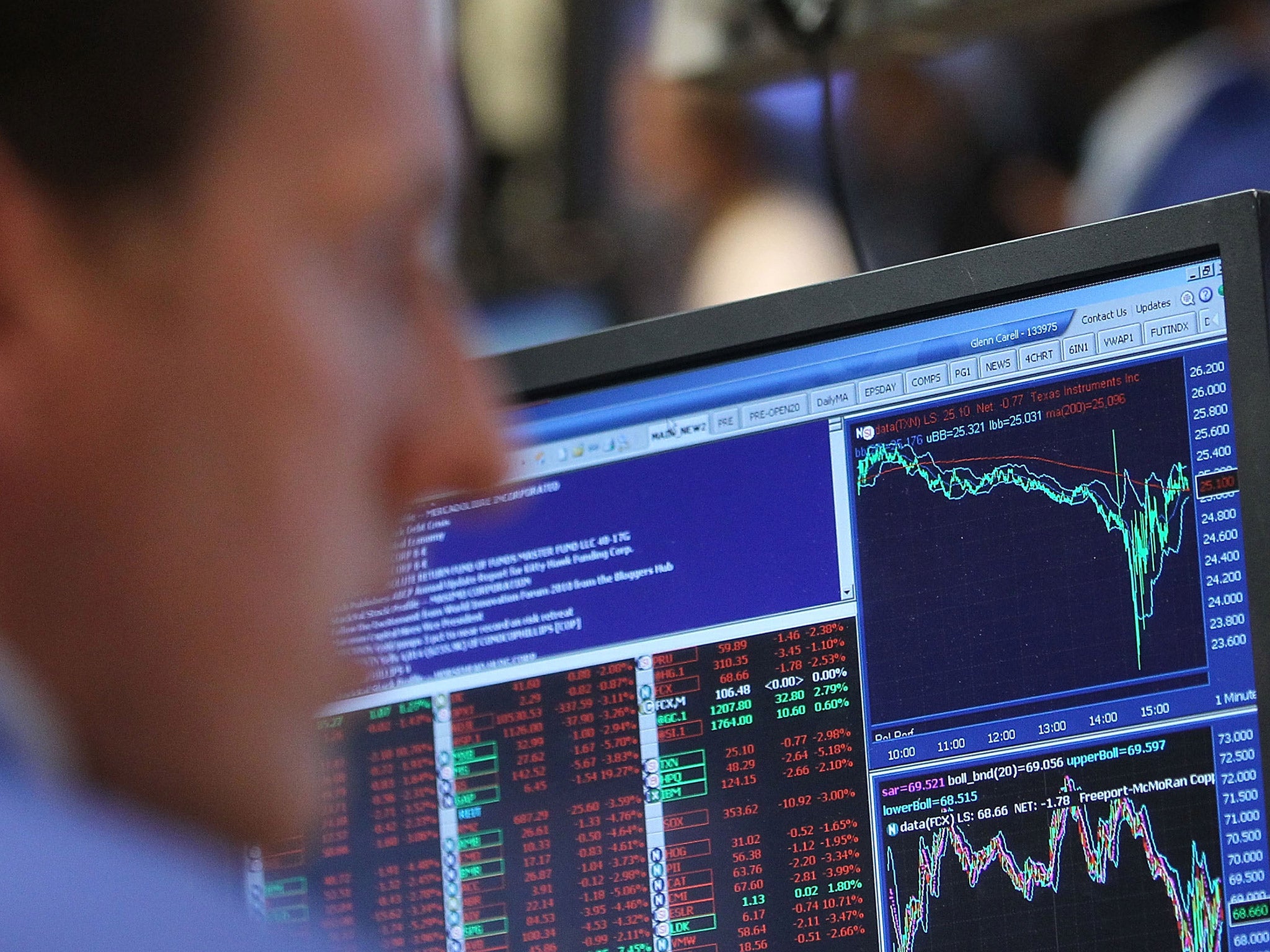The 'flash crash' Q&A: What was it, and how could one man cause such mayhem?
UK trader Navinder Sing Sarao has vowed to fight extradition to the US

Q | What was the Flash Crash?
A | One of the most bizarre days in Wall Street’s history. On 6 May 2010 the Dow Jones Industrial Average Index plummeted by 6 per cent in a matter of minutes – an unprecedented single-day fall. The shares of some enormous American companies such as General Electric and Accenture were virtually worthless at one point and $1 trillion in the paper value of shares was suddenly gone. And then the Dow promptly shot back up again, recovering almost all of the earlier losses.
Q | How could one trader be responsible for such mayhem?
A | He wasn’t really. Navinder Singh Sarao stands accused by the US financial regulators of illegally manipulating the Chicago Mercantile Exchange futures market in equities to turn a private profit. The wording of the US Department of Justice charge sheet is that Mr Sarao’s activities on 6 May “contributed” to the Flash Crash by creating an “extreme order book imbalance” in the futures market.
Q | What exactly is Mr Sarao accused of doing?
A | The main manipulation technique outlined by the US authorities is so-called “layering” or “spoofing”. This means a trader places a large number of fraudulent electronic orders to sell futures contracts. These orders are visible to other traders and indicate lots of market desire to sell. That prompts them to drive the price of a contract down. The accusation is that Mr Sarao then cancelled the orders prompting prices to bounce back up. He allegedly managed to profit from the price swing by buying contracts when they were artificially low and selling them back when the price snapped back. It’s illegal because the market rules say that orders have to be made in good faith and with the intention to complete.
Q | How did this destabilise the main stock market?
A | Prices in the futures markets influence prices in the main market. The US authorities seem to be claiming that Mr Sarao’s futures manipulation helped to create a kind of financial avalanche.
Q | So was he one of those ‘high-frequency traders’ we hear about?
A | Not really. Those traders are characterised by their use of a vast amount of computing power and privileged access to electronic stock market infrastructure. The accounts of Mr Sarao’s one-man company show that the value of his computer technology in 2010 was just £1,400. Mr Sarao also described himself to the UK financial regulators as an “old-school point and click” trader who had “always been good with reflexes and doing things quick”.
Q | Did he make much money from his activities?
A | According to the US regulators he did. They estimate he made around $879,000 on the day of the Flash Crash. They also think he creamed off $40m from his manipulation of markets over the next four years (although it is unclear where these proceeds have gone).
Q | Is this the only sort of market manipulation that takes place?
A | Far from it. Traders, in private, outline a host of other techniques of questionable legality. One is “quote stuffing”, which creates uncertainty in markets for other traders by making a large numbers of orders and issuing a stream of updates. Another is “momentum ignition” which is a series of orders intended to start or accelerate a trend favourable to a particular trader. There are also “ping orders”, tiny buy or sell requests which are intended to ascertain the level of concealed orders in a market.
Subscribe to Independent Premium to bookmark this article
Want to bookmark your favourite articles and stories to read or reference later? Start your Independent Premium subscription today.

Join our commenting forum
Join thought-provoking conversations, follow other Independent readers and see their replies